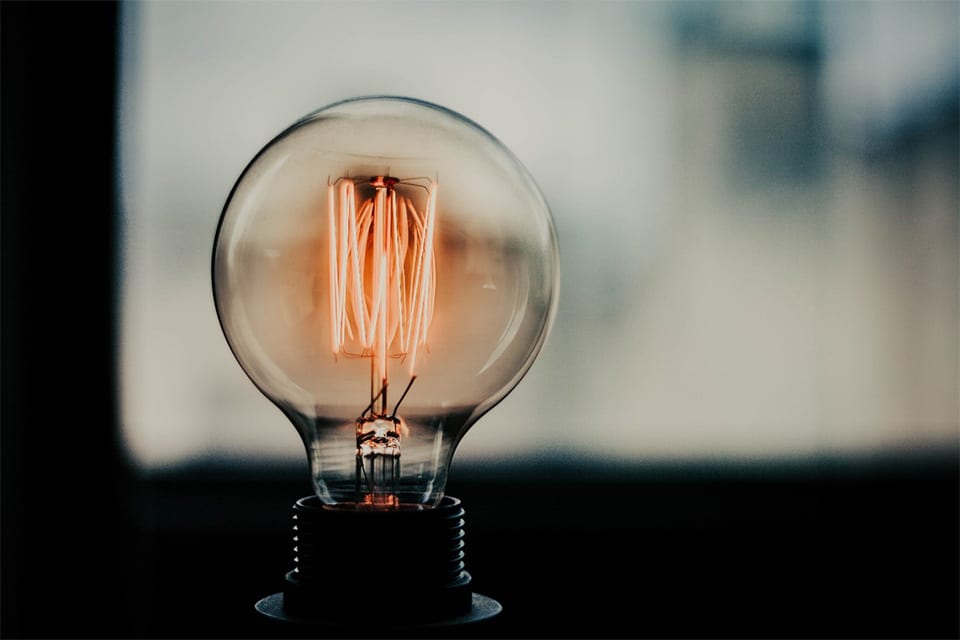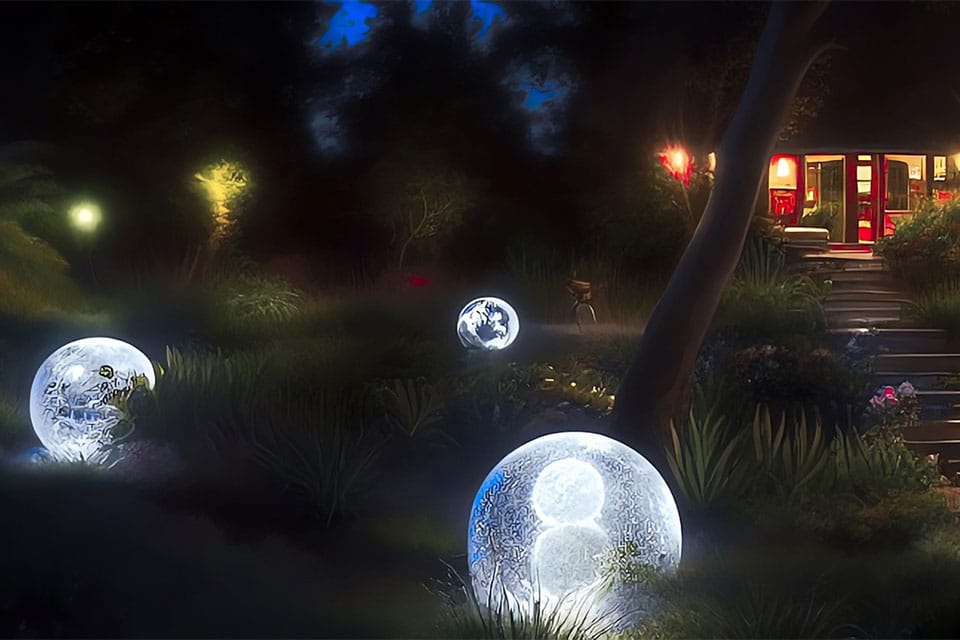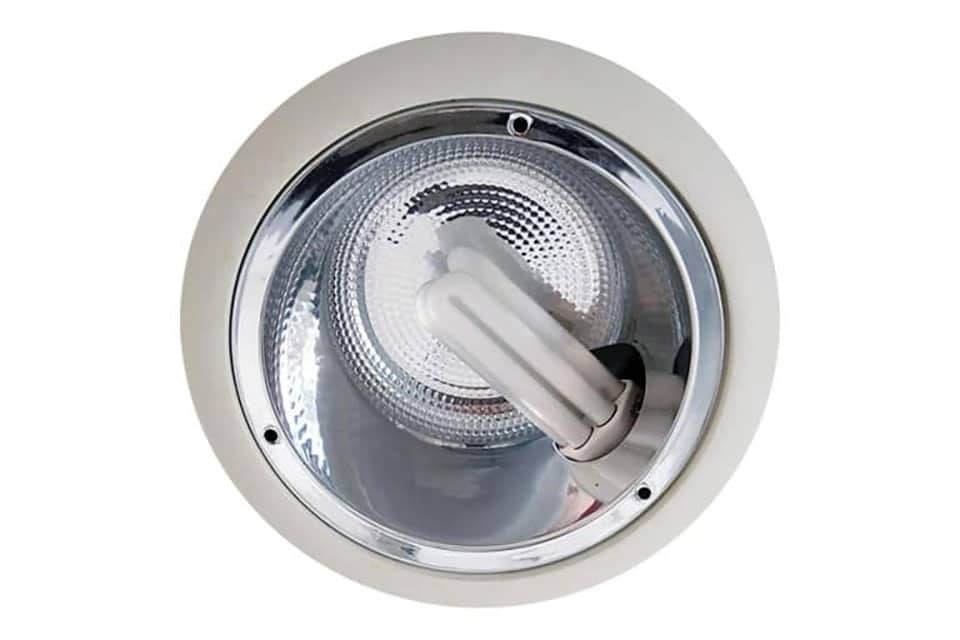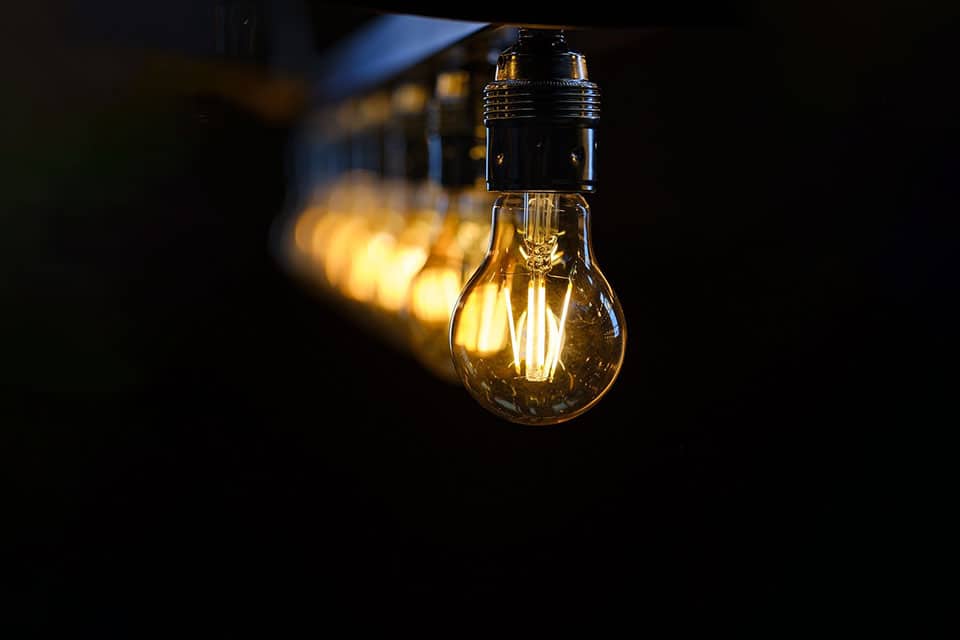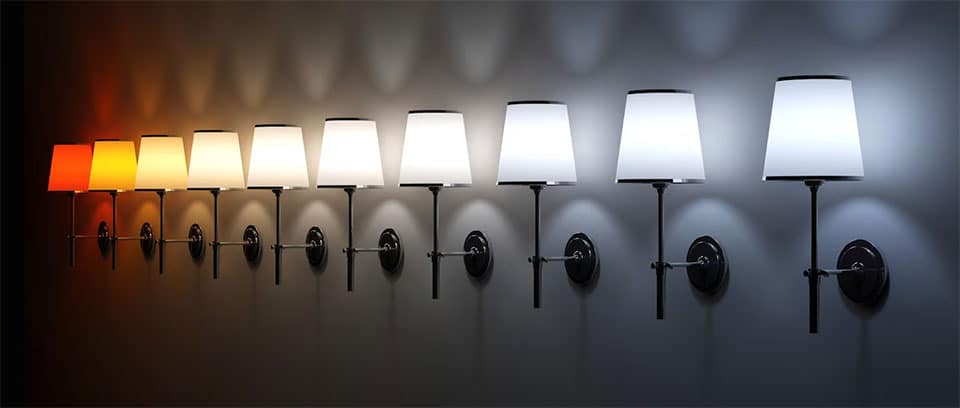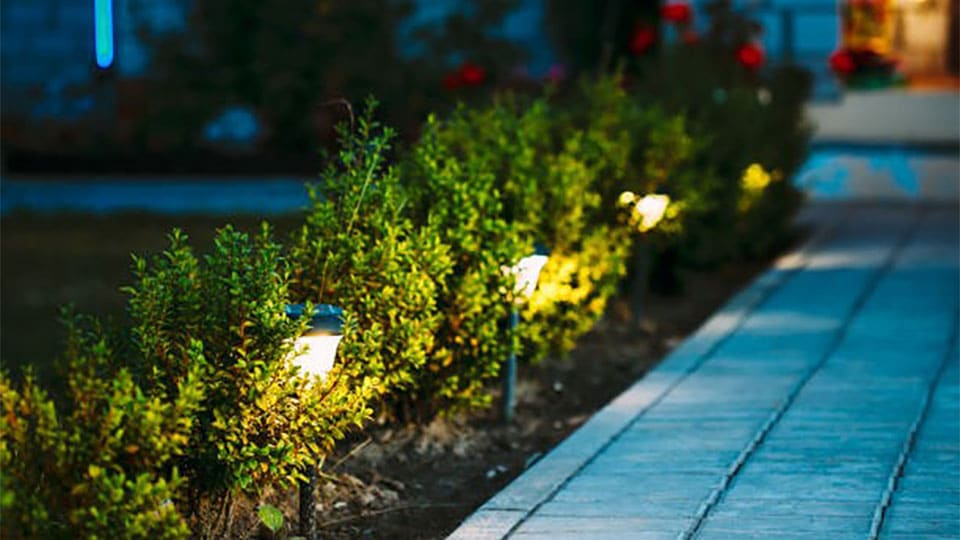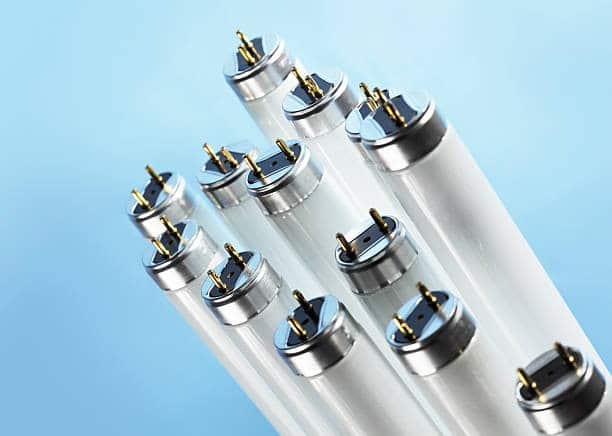Even though winter seems to be bidding us farewell soon, we Brits aren’t strangers to grey, dreary days. These mostly translate to higher electricity bills since lights are sometimes used from the wee hours of morning until our heads hit the pillow. However, recently there’s been a spike in electricity prices with them being four times that of gas. All-electric homes and the ones that have opted for renewable resources are facing even more adversity due to this.
With the changing climates, it’s crucial that we start switching to greener choices. Also, smart architectural designs need to be encouraged such that natural light is invited within homes.
Now the real question is when to turn the lights off?
Understanding The Lighting System
First, let’s dive into a mini comprehensive guide on different types of bulbs. Each one comes with a nominal or set operating life. Considering the rules of modern inventions, they usually have an energy efficiency rating attached with their making. There are four kinds that can be seen in many homes across the country – halogen, LED, compact fluorescent (CFL) and incandescent.
Using Incandescent Bulbs At Home
The incandescent bulbs have been categorised as the most incapable energy systems of today. While they feed on a lot of electricity, 90% of it is given out as heat and only a mere 10% is light. This also implies that the environment around rises in temperature making summers even warmer. Even though they have been widely in use for almost a century, they are seen less and less. In 2009 the government banned the import of 100watt versions followed by the 60watts in 2011 and a full ban in 2012, due to their inefficiency.
Using Halogen Bulbs At Home
Halogen lighting is made using traditional techniques. They produce a warm glow and cost less. In comparison to the incandescent system, they use 25% less energy. Even though this is improved, it still uses humongous amounts of electricity. When pitted against LED or other modern options, they rank highly in inefficiency.
Furthermore, the UK government has imposed a ban on their production. For those homes that still have them, the best thing to do is turn them off when not in use or upgrade them with renewable or more formidable choices.
Using CFL Bulbs At Home
CFL or compact fluorescent bulbs are quite versatile and are easily replaceable as enhanced options against incandescent or halogens. However, they do not provide instant light, and their lifespan can be seriously affected depending on your switching cycles.
It’s a known fact that the general rule of thumb for CFL is if within 15 minutes you plan on returning to the room, leave it on rather than turn it off. The reason being continuous switching on and off reduces the life expectancy of the bulb drastically.
Using LED Bulbs At Home
LED or Light-Emitting Diode is the most efficient lighting system in place for now. It not only uses 90% less energy than incandescent bulbs but has low running costs and longer lamp life. These are not affected by the number of times they’re switched on or off. Therefore, they can be used whenever necessary. In contrast to others, when supplied with voltage they immediately turn on with full brightness, to provide instant light. Around 14% of lighting appliances around the UK now use LEDs which is a great step towards conservation!
Using Technology At Home
Lighting controls married with technology are a real saviour. Use motion detectors that automatically switch off the light when not in the room. Install dimmers that reduce the wattage by adjusting to the required amount of light needed. Connecting smart lighting with your phones is also beneficial, since you can dim, set schedules or turn them off from anywhere. Forgot to switch off your lights? It’s just a tap away!
Protect The Environment
The more conscious efforts you make towards switching off your lights, the lesser carbon emissions occur. During the day when there’s absolutely no need for it, turn off your lights and appliances. It’s our responsibility to stray as far away from greenhouse gasses as possible.
Balance Your Bill
Choose the kind of bulb you use wisely and follow their usage accordingly to save energy and money. The easiest way to calculate power use on your own is to check the wattage rating. For example, if you have a 40-watt bulb and you switch it off for an hour then around 0.04 kW/hr will be saved. This can be tallied with the price per kilowatt in the electricity bill to work out the cost.
Conclusion
Save money, lower energy bills, help preserve the planet and still meet your daily needs. All of this with just alertness and the flick of a button. High-quality bulbs will help you enjoy better lighting too. Here’s to better times ahead!





















































































